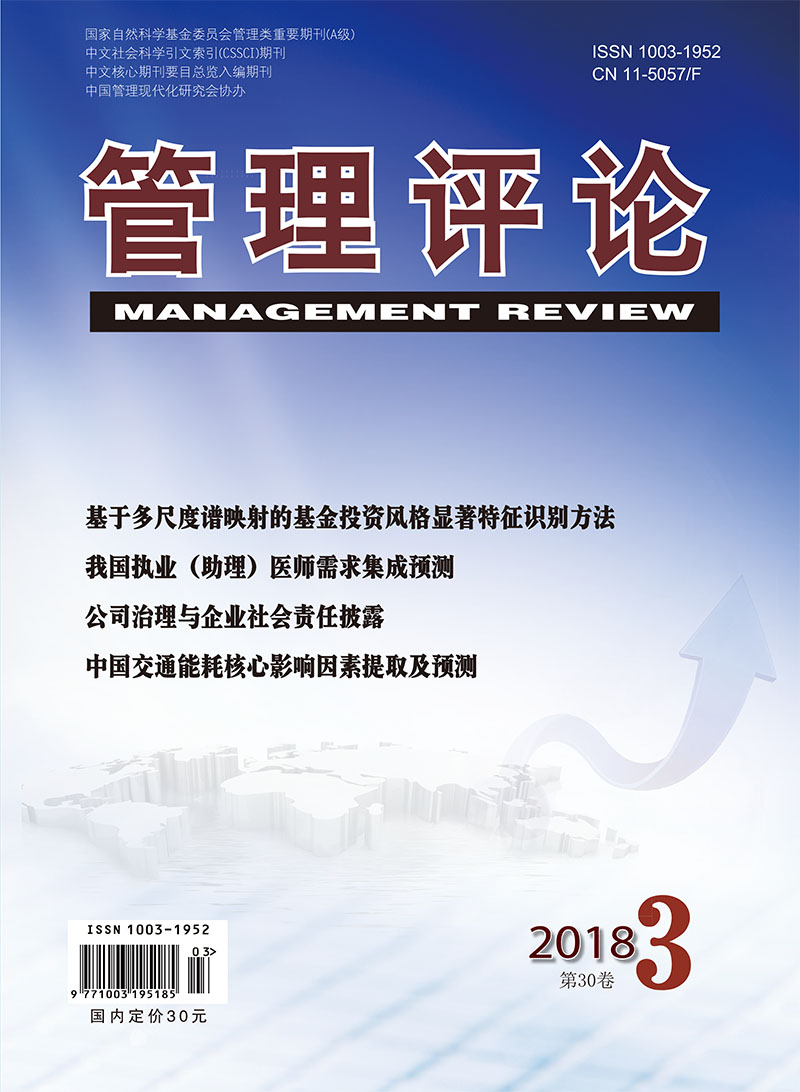With the acceleration of industrialization and urbanization, transportation has become the second largest (around 10%-20% of total energy demand) energy intensive sector in China, next only to industry. In this context, it is of great necessity to figure out the main factors that affect energy consumption in China's transport sector, and make reasonable prediction. Firstly, this paper builds a Bayesian structural equation model (BSEM) to describe the influencing mechanism from three aspects:economic aggregate, technical progress and transportation structure. Next, path-analysis technology is applied to extract the main factors, including transportation converted turnover, per capita disposable income of urban households, energy consumption per unit of turnover, the ratio of transport fixed asset investment and the ratio of road and civil aviation turnover. Based on this analysis, VAR model is built to explore the dynamic time-delay relationship between energy consumption in transport sector and the main factors. The impulse response analysis indicates that when imposing a positive impulse on transport turnover, the significant motivating effect for transportation energy consumption lasts for a long period; the response of transport energy consumption to energy consumption per unit turnover are distinct periodically-in the short term, it will cause the increase of traffic energy consumption due to "rebound effect", but in the long-term, it inhibits the increase of energy consumption due to technological progress effect; the ratio of highway and civil aviation turnover also has a positive impact on transportation energy consumption. Finally BVAR model is constructed on the basis of Gibbs sampling to predict traffic energy consumption from 2015 to 2020, which respectively is 433.93, 470.76, 510.85, 554.52, 602.09, 653.92 million tons of standard coal. The fitting results show that the relative prediction error is 2.87%, implying the predicted results are pretty reliable. Lastly, this paper puts forward related suggestions about energy saving in China's transport sector.

